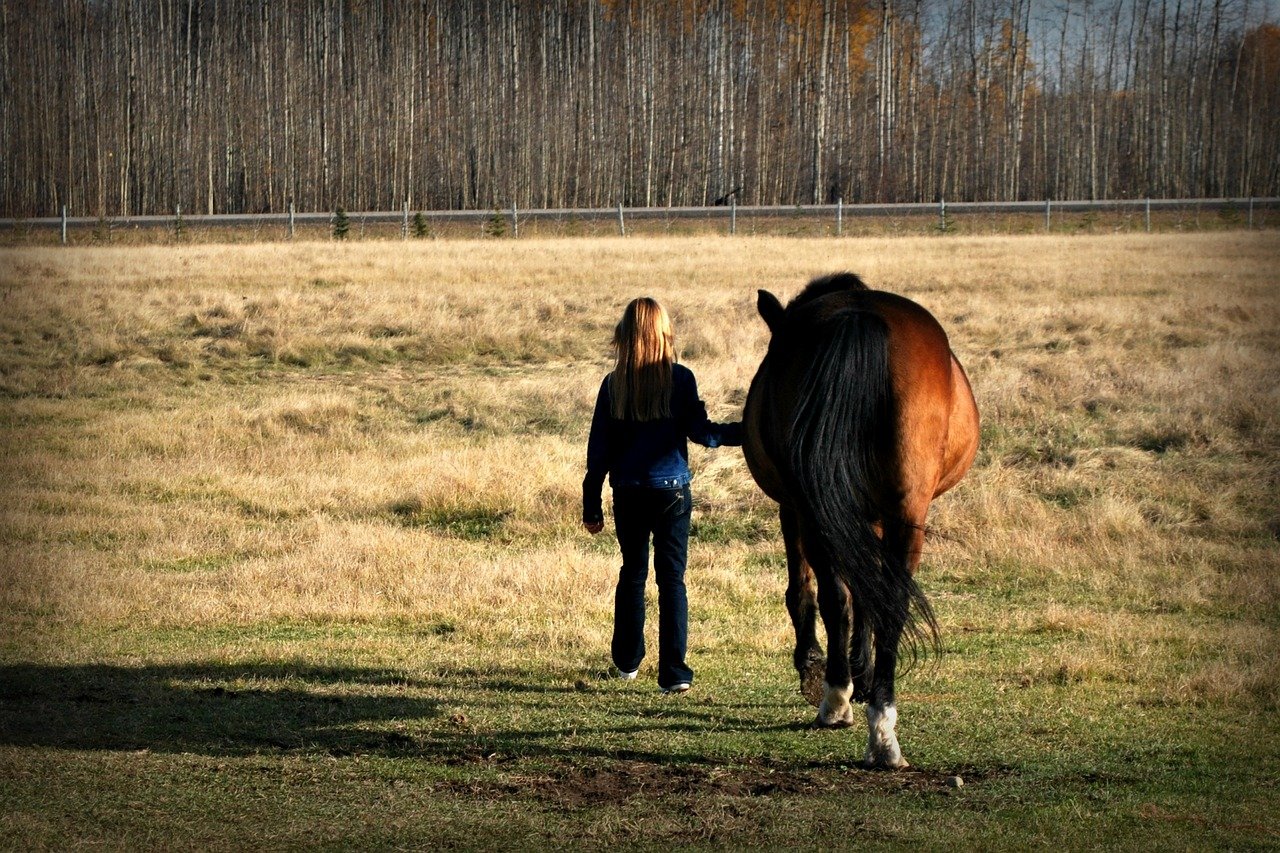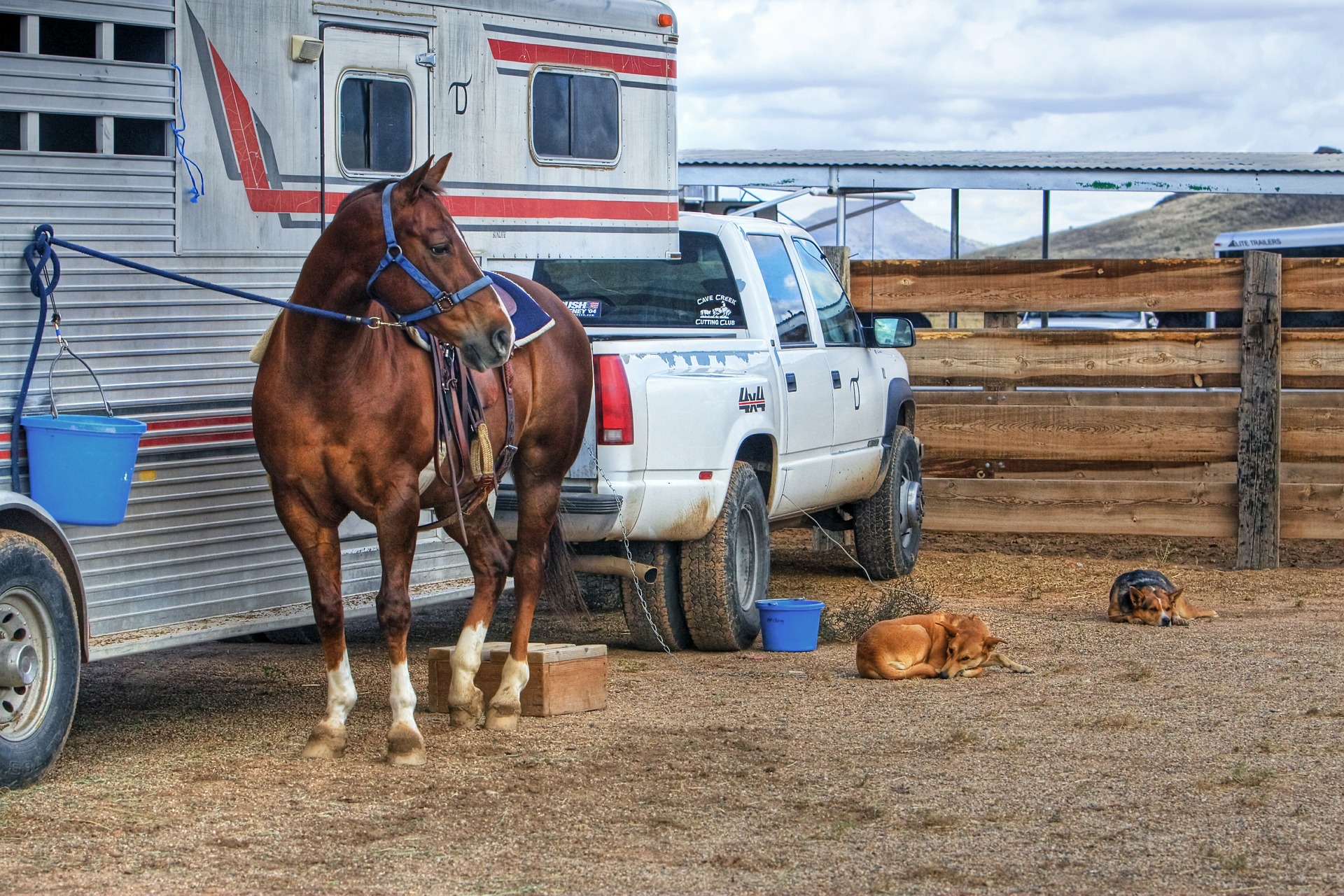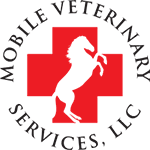 Every horse owner fears colic, and with good reason: it’s the leading cause of death in horses, aside from old age. Fortunately, a vast majority of colic cases resolve relatively quickly and without surgical intervention. Early recognition of potential issues and...
Every horse owner fears colic, and with good reason: it’s the leading cause of death in horses, aside from old age. Fortunately, a vast majority of colic cases resolve relatively quickly and without surgical intervention. Early recognition of potential issues and...
 As horsepeople, we know it’s necessary to implement slow transitions between grains and forages when changing our horse’s diet, but why the caution? The Function of the Foregut and Hindgut The foregut consists of the stomach and small intestine and is the site of...
As horsepeople, we know it’s necessary to implement slow transitions between grains and forages when changing our horse’s diet, but why the caution? The Function of the Foregut and Hindgut The foregut consists of the stomach and small intestine and is the site of...
 By Dr. Shane Baird Anyone in the horse industry knows that a healthy horse gut is of the utmost importance. As owners and stewards of the horse we need to do everything that we can do to keep that gut in the best shape possible. The use of probiotics and their...
By Dr. Shane Baird Anyone in the horse industry knows that a healthy horse gut is of the utmost importance. As owners and stewards of the horse we need to do everything that we can do to keep that gut in the best shape possible. The use of probiotics and their...
 By Dr. Shane Baird Since the early 1900’s, ultrasound technology has been used to visualize the invisible, detecting everything from metallurgical flaws to human gall stones. Today, in veterinary medicine we routinely use ultrasonography in various applications, as...
By Dr. Shane Baird Since the early 1900’s, ultrasound technology has been used to visualize the invisible, detecting everything from metallurgical flaws to human gall stones. Today, in veterinary medicine we routinely use ultrasonography in various applications, as...
 By Dr. Allison Hartman If you’ve read Part 1 and Part 2 of our EGUS series, you now know how to recognize horses afflicted with EGUS and also the proven therapeutic methods used to treat such horses. This begs the question, how do we manage these ulcer...
By Dr. Allison Hartman If you’ve read Part 1 and Part 2 of our EGUS series, you now know how to recognize horses afflicted with EGUS and also the proven therapeutic methods used to treat such horses. This begs the question, how do we manage these ulcer...








